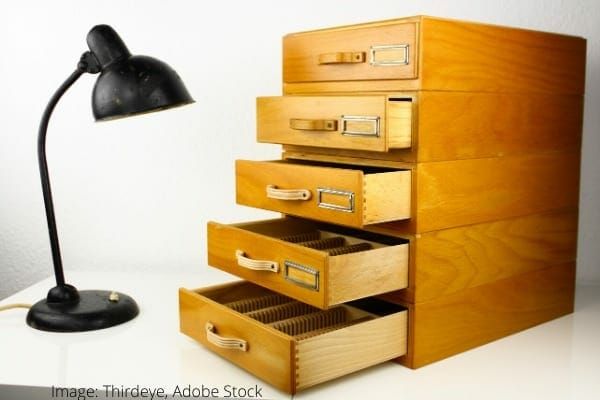Using WD-40 on wood drawers can be an effective way to help them glide more smoothly. However, there are some important factors to consider before using WD-40 on wood.
Page Contents
Quick Answers
WD-40 can be used on wood drawers in small amounts and if properly applied. It can help reduce friction and squeaking. However, too much WD-40 or improper application can damage the wood over time. Test on a small, inconspicuous area first.
How WD-40 Works on Wood
WD-40 is primarily composed of various hydrocarbons that provide lubricating and protective properties. When applied to wood, WD-40 can seep into the pores and fibers, helping to reduce friction between surfaces. This allows drawers and other wood parts to glide more smoothly.
In addition to lubrication, WD-40 leaves behind a thin, protective coating on the wood after the carrier solvents evaporate. This can help protect against moisture and corrosion.
Using WD-40 on Wood Drawers
Here are some tips for using WD-40 on stuck or squeaky wood drawers:
- Clean the drawer slides and runners thoroughly first with a degreaser to remove built-up grime.
- Lightly spray or wipe WD-40 onto drawers and surfaces that rub together.
- Open and close the drawers a few times to allow the lubricant to penetrate.
- Thoroughly wipe away any excess lubricant with a clean cloth.
- Re-apply a thin coat every few months or when squeaks recur.
WD-40 can also be used to help loosen up sticky wood drawers. Apply a moderate amount to the problem areas, allow it to penetrate for 10-15 minutes, and then try opening the stuck drawer.
Cautions When Using WD-40 on Wood
While WD-40 can provide some benefits for wood drawers, there are also some cautions to be aware of:
- Too much WD-40 or over-application can lead to a gummy buildup over time that actually attracts more dirt and grime.
- It can soak deeper into raw, unfinished wood and lead to staining or other long-term damage.
- Frequent reapplication can break down wood finishes.
- Oil-rubbed bronze or other hardware finishes may be damaged by contact with WD-40.
To avoid issues, always test WD-40 in an inconspicuous location first. Wipe away any excess, and only reapply every few months or when needed.
Alternatives to WD-40 for Wood Drawers
For those concerned about using WD-40 on their wood drawers, some alternatives include:
- Bar Soap – Rub along the runners and joints.
- Paraffin Wax – Rub on drawer slides.
- Beeswax – Apply and buff into wood.
- Pledge Furniture Polish – Spray onto drawers and wipe away excess.
- Vegetable Oil – Wipe a thin layer onto wood.
- Silicone Spray – Use instead of WD-40.
Always test any new product on a small area first and check for any adverse reactions with your particular wood type.
Conclusion
WD-40 can be safely used on wood drawers if applied properly in moderation. The key is to use only a thin coating, wipe away any excess, and avoid over-application to prevent buildup or damage. Consider alternatives like wax or soap if concerned. Test on a small area first before treating the entire drawer.
